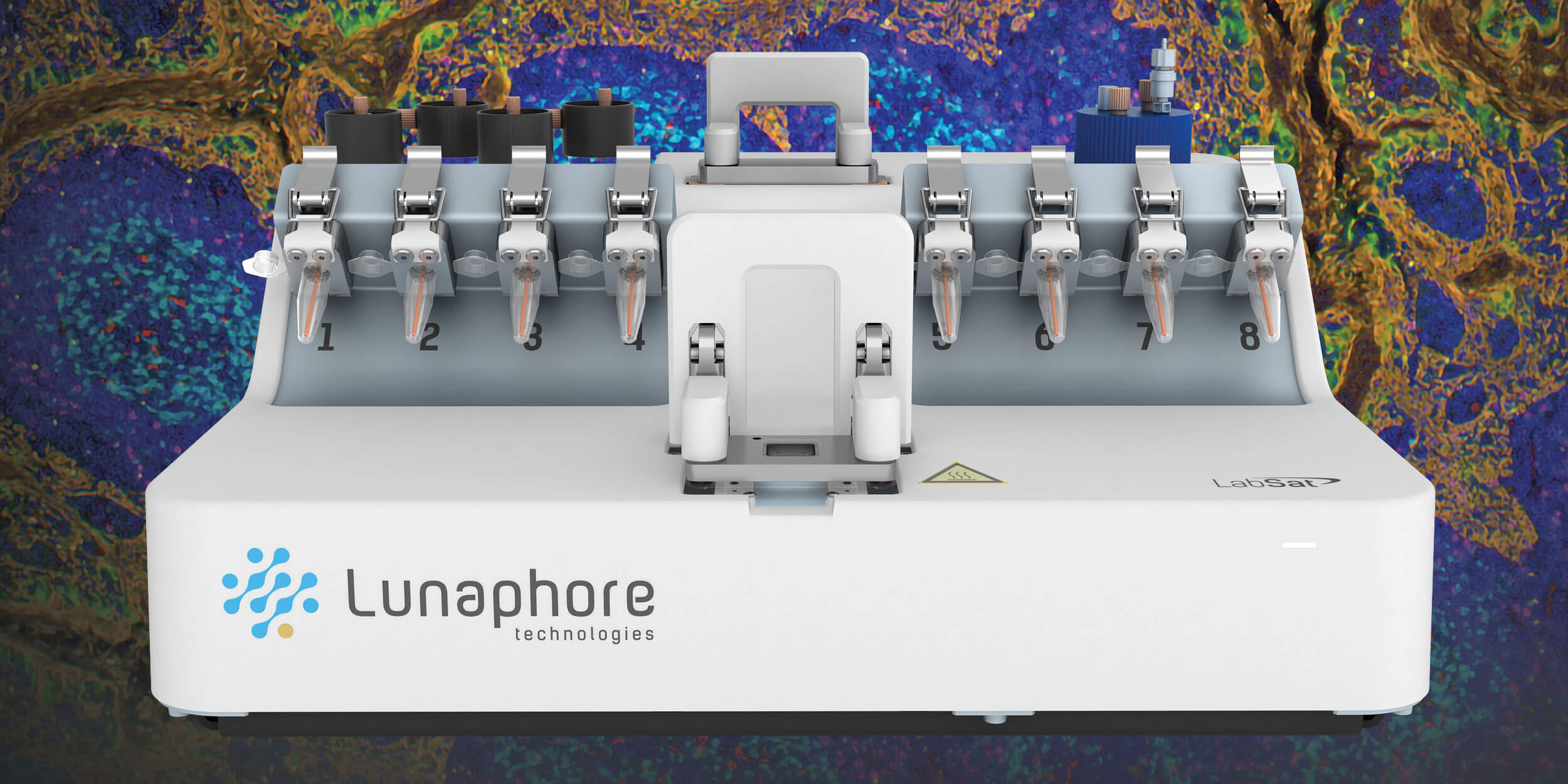
One Man’s Trash…
Researchers dive through genetic “junk” to discover a small protein with lots of heart

The DWORF (dwarf open reading frame) micropeptide was derived from what was previously thought to be non-coding ‘junk’ RNA. So why go searching in the genetic scrapheap? There were a number of clues suggesting that some transcripts annotated as long non-coding RNAs (lncRNAs) may actually have coding potential but had evaded detection algorithms, according to the study authors (1).
In order to identify true protein coding regions of candidate transcripts, the team used a published evolutionary conservation algorithm (2) to infer whether the sequences were likely to be protein coding. They identified numerous hypothetical small peptides with this method and decided to pursue the DWORF protein, partially as a validation of the method, and partially out of interest in the function of the protein since it is quite abundantly expressed in heart and skeletal muscle.
Their intuition was spot on. Though DWORF may span only 34 amino acids, it has a big impact in the heart. DWORF binds to the major calcium pump that drives calcium removal from the cytoplasm and modifies it to increase activity. The end result is that, in the presence of DWORF, muscle cells contract more strongly.
DWORFs ability to strengthen contractions, and its abundant expression in the heart, lead the researchers to speculate on its potential as a therapy. In various models of heart disease where muscle function is impaired, they found reduced levels of DWORF. They believe that DWORF is a positive regulator of contraction, and postulate that manipulation of its abundance and activity could serve as a strategy to enhance contractility in cases of heart disease.
With translation in mind, the research team hopes to expand its knowledge of the potentially helpful micropeptide by analyzing how the expression and activity of DWORF is regulated, and how regulation changes in response to stress and disease. The ultimate aim? To further understand the molecular basis of heart failure, potentially moving us closer to finding effective therapeutics for cardiovascular disease.
- BR Nelson et al., “A peptide encoded by a transcript annotated as ling noncoding RNA enhances SERCA activity in muscle”, Science, 351, 319–418 (2016).
- MF Lin et al., “PhyloCSF: A comparative genomics method to distinguish protein coding and non-coding regions”, Bioinformatics, 27, i275-i282 (2016). PMID: 21685081.
My fascination with science, gaming, and writing led to my studying biology at university, while simultaneously working as an online games journalist. After university, I travelled across Europe, working on a novel and developing a game, before finding my way to Texere. As Associate Editor, I’m evolving my loves of science and writing, while continuing to pursue my passion for gaming and creative writing in a personal capacity.















